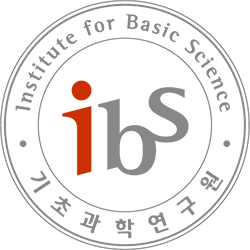Distribution shift in machine learning: robustness, invariance, and a causal view – Wooseok Ha
B232 Seminar Room, IBS 55 Expo-ro Yuseong-gu, Daejeon, Daejeon, Korea, Republic ofClassical machine learning models are typically trained under the assumption that the training (source) and test (target) data are drawn from the same distribution. However, real-world data are rarely clean or consistent, and distribution shifts between the source and target domains are ubiquitous. Despite its importance, addressing distribution shifts is highly difficult. The fundamental challenge …

